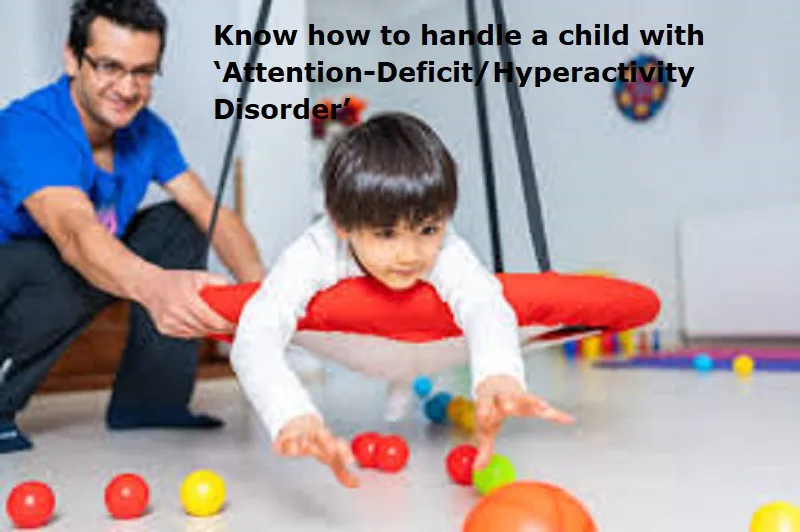
Attention-Deficit/Hyperactivity Disorder (ADHD) is a developmental disorder marked by persistent symptoms of inattention and/or hyperactivity and impulsivity that interfere with functioning or development. It begins in childhood and can persist into adulthood. It may contribute to low self-esteem, troubled relationships and difficulty at school or work. Symptoms include limited attention and hyperactivity.
Parenting a child with Attention-Deficit/Hyperactivity Disorder (ADHD) can be challenging. But by following some simple tips it is possible to support their development, manage their behaviour, and foster their growth.
Creating a supportive learning environment
One of the most effective ways to help children with ADHD is to create a supportive learning environment that caters to their specific needs. Children with ADHD often struggle with traditional classroom settings or study areas that are full of distractions. By providing a quiet, organised, and consistent space for learning, you can help your child focus better and retain information more effectively. This includes minimising clutter, using organisational tools like colour-coded folders and labels, and ensuring that the learning area is well-lit and free from unnecessary stimuli. Additionally, incorporating breaks and using hands-on or interactive learning methods can keep them engaged and make learning more enjoyable and productive for children with ADHD.
Establish clear routines and structure
Children with ADHD thrive in structured environments where there are clear expectations and predictable routines. Creating a daily schedule can help reduce anxiety and improve focus. By organising activities in a specific sequence, you minimise the confusion or overwhelm your child may feel.
Break tasks into manageable chunks
ADHD makes it difficult for children to focus on large tasks, leading to frustration or feelings of failure. To mitigate this, break tasks into smaller, more manageable parts. This strategy helps children feel a sense of accomplishment as they complete each step, boosting their self-esteem and motivation.
Also Read: Include these anti-inflammatory foods in your daily diet
Practice positive reinforcement
Positive reinforcement is key to helping children with ADHD develop appropriate behaviours. Rather than focusing on mistakes or missteps, offer praise and rewards when your child completes tasks or follows instructions well.
Set clear boundaries and consequences
Setting clear boundaries and consequences helps children with ADHD understand acceptable behaviours and the consequences of crossing those boundaries. Be sure to explain rules clearly and enforce them consistently, so your child knows what is expected of them.
Encourage physical activity
Children with ADHD often have excess energy, and regular physical activity can be an effective way to channel that energy in positive ways. Exercise boosts mood, improves focus, and helps children expend energy constructively, making it easier for them to concentrate during school or homework time. Encourage activities like running, swimming, or even yoga, which can help reduce hyperactivity and improve concentration.
Teach social skills and empathy
Children with ADHD may struggle with social interactions, making it difficult to form friendships or navigate social situations. Teaching social skills, such as listening, sharing, and taking turns, can significantly improve their ability to relate to others.
Use time management tools
Time management is a challenge for children with ADHD, but visual timers, schedules, and alarms can help them stay on track. These tools create a tangible sense of time, allowing children to better understand how long tasks should take and when it’s time to transition to the next activity.
Practice patience and empathy
Finally, patience is key. Children with ADHD face many challenges, from focusing on schoolwork to managing their emotions. Parents need to be empathetic and understanding, offering support rather than frustration when difficulties arise.

Post Your Comments